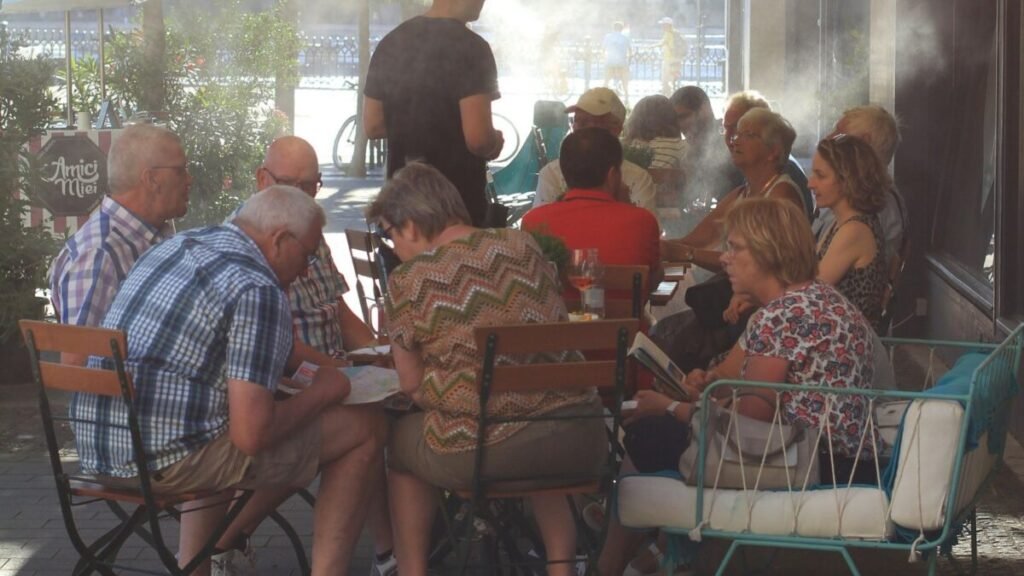Urban Heat Island Effect in European Cities: Extreme Heatwave Resilience

According to Niels Souverijns from the VITO company in Belgium, urban heatwaves are becoming a major concern due to their intensity and persistence, particularly affecting vulnerable populations. The urban heat island effect, caused by materials like asphalt and concrete, exacerbates the problem by trapping heat. Green solutions, such as increasing vegetation and creating shade, have limited effectiveness in densely populated areas. Without drastic reductions in CO₂ emissions, cities may face unlivable conditions similar to those in tropical regions.
Brussels aims to reduce CO₂ emissions by 55% by 2030 and achieve climate neutrality by 2050, with plans for sustainable rehabilitation and clean energy. However, the urgency of addressing climate change is crucial to prevent urban heatwaves from escalating and threatening the viability of European cities.







